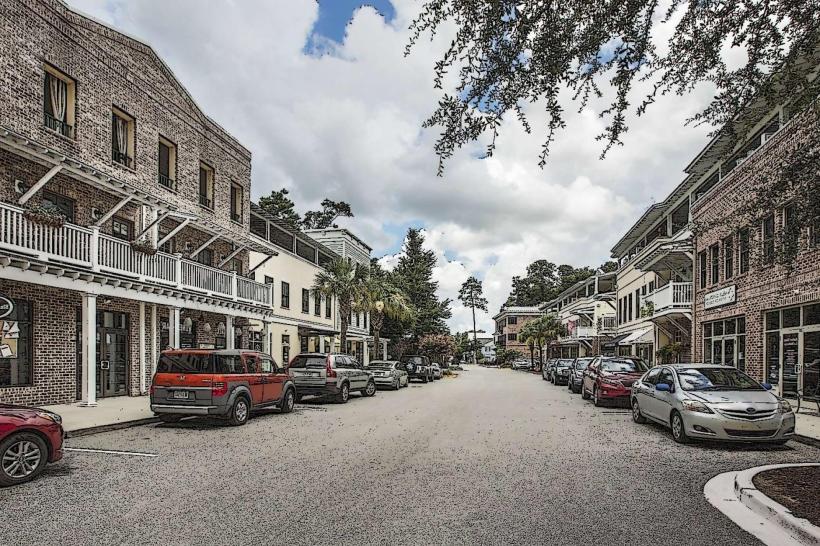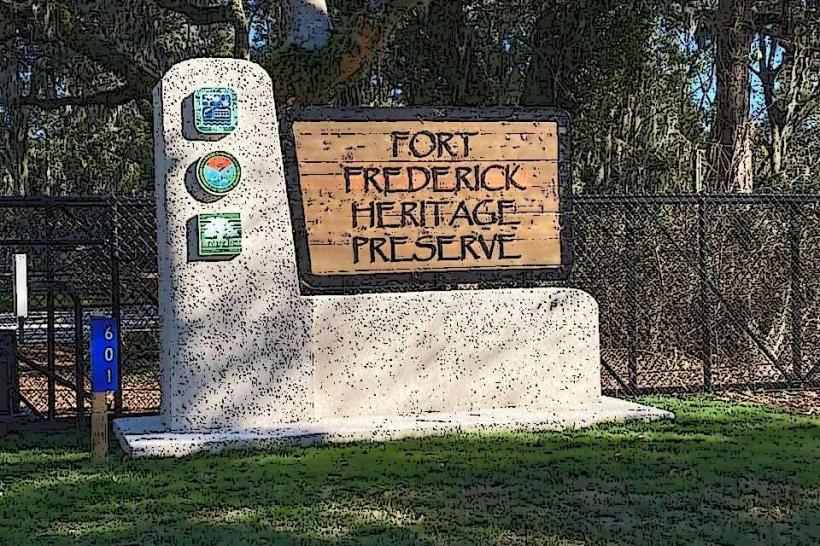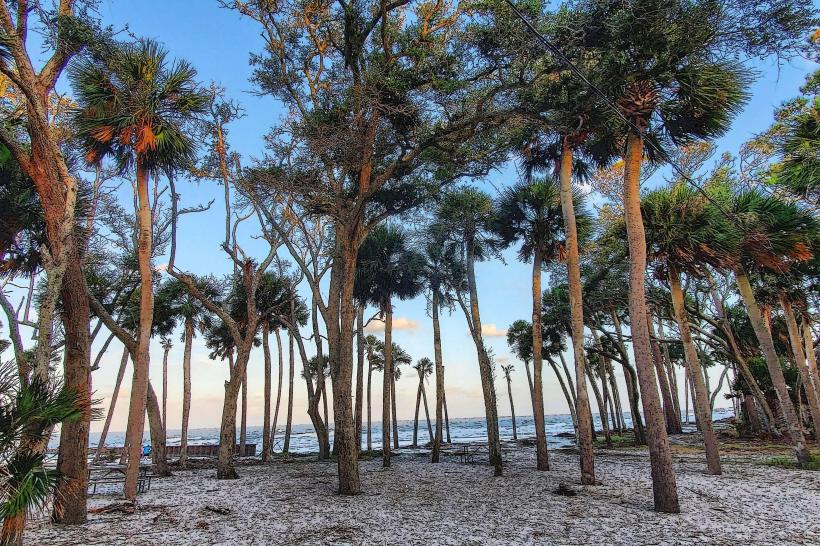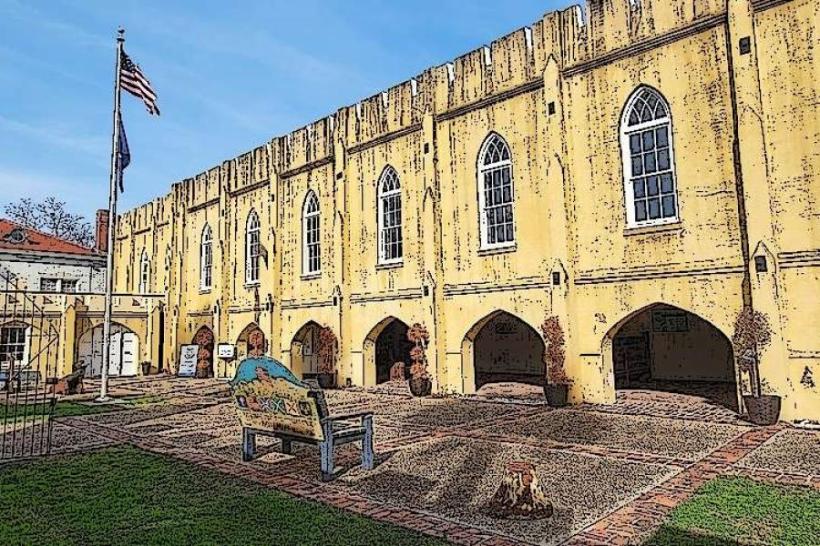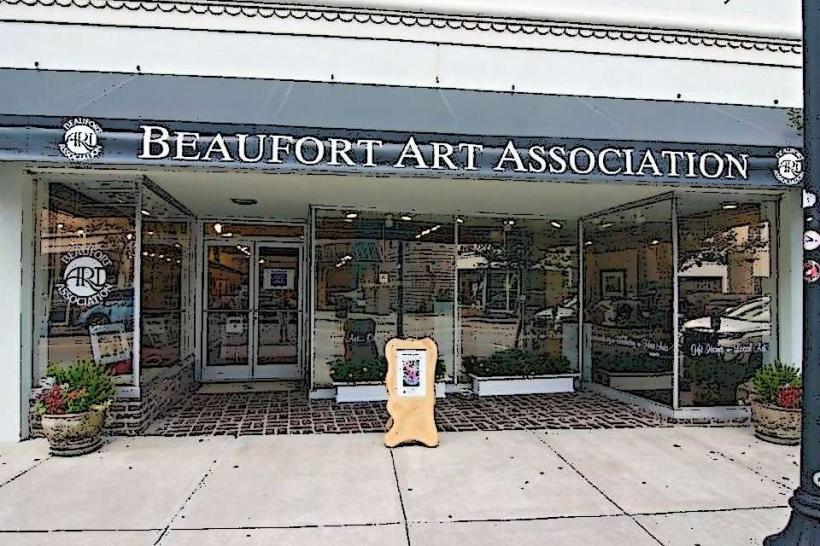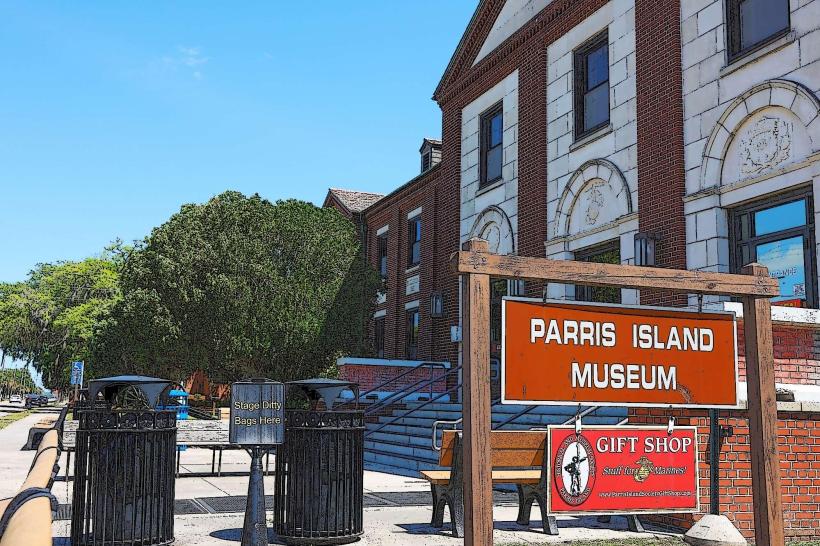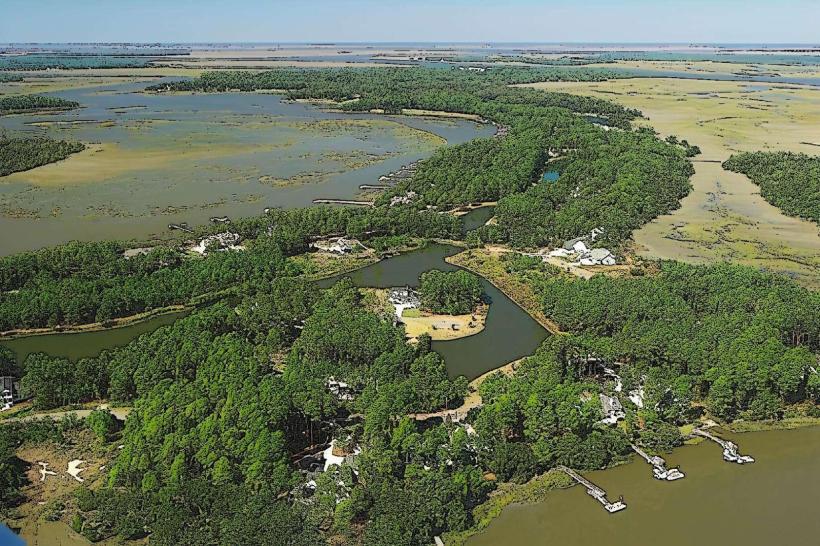Information
Landmark: Historic Beaufort DistrictCity: Beaufort
Country: USA South Carolina
Continent: North America
Historic Beaufort District, Beaufort, USA South Carolina, North America
Historic Beaufort District is the heart of Beaufort, South Carolina, renowned for its well-preserved antebellum architecture, charming streetscapes, and rich cultural heritage. Recognized as a National Historic Landmark District, it represents one of the oldest towns in South Carolina and provides a vivid window into the state’s colonial, antebellum, and Civil War history.
Historical Background
Beaufort was founded in 1711 and quickly became an important port and plantation town, playing a central role in South Carolina’s Lowcountry economy.
The Historic District preserves centuries-old buildings, including homes, churches, public buildings, and commercial structures.
During the Civil War, Beaufort was occupied early by Union forces, leaving much of the town’s architecture intact and giving it a unique historical continuity.
Today, the district reflects the blend of European, African American, and Southern influences that have shaped the region over 300 years.
Layout and Architecture
The district spans roughly 1,000 acres, with a grid of streets lined with historic homes, churches, and civic buildings.
Architecture Styles:
Greek Revival and Federal-style homes dominate the antebellum streets.
Victorian-era cottages and mid-19th-century public buildings add architectural diversity.
Notable Features:
Broad streets and shaded avenues, often lined with live oaks draped in Spanish moss.
Private and public gardens enhance the aesthetic charm.
Historic markers identify key buildings and sites, guiding visitors through the town’s layered history.
Cultural and Community Significance
The district is a center of cultural heritage, showcasing Beaufort’s role in early colonial trade, the Gullah culture, and the Civil War.
It supports heritage tourism, drawing visitors interested in history, architecture, and Southern culture.
Local organizations, such as the Beaufort Historic Foundation, work to preserve buildings and educate the public on the town’s rich legacy.
Visitor Experience
Walking tours, carriage tours, and self-guided explorations allow visitors to experience the district’s historic homes, churches, and civic buildings.
Special events, such as heritage festivals and holiday celebrations, bring the district to life with reenactments, music, and crafts.
Boutique shops, galleries, and cafés within the district provide a modern complement to the historic setting.
Natural and Scenic Elements
Streets are often lined with historic oak trees and moss-draped canopies, contributing to the district’s romantic Lowcountry ambiance.
Proximity to the Beaufort River and waterfront parks integrates natural beauty with the historic streetscape, enhancing visitor enjoyment.
The Historic Beaufort District stands as a living museum, where visitors can walk through centuries of Southern history, appreciate architectural mastery, and experience the cultural richness of one of South Carolina’s most iconic towns.





